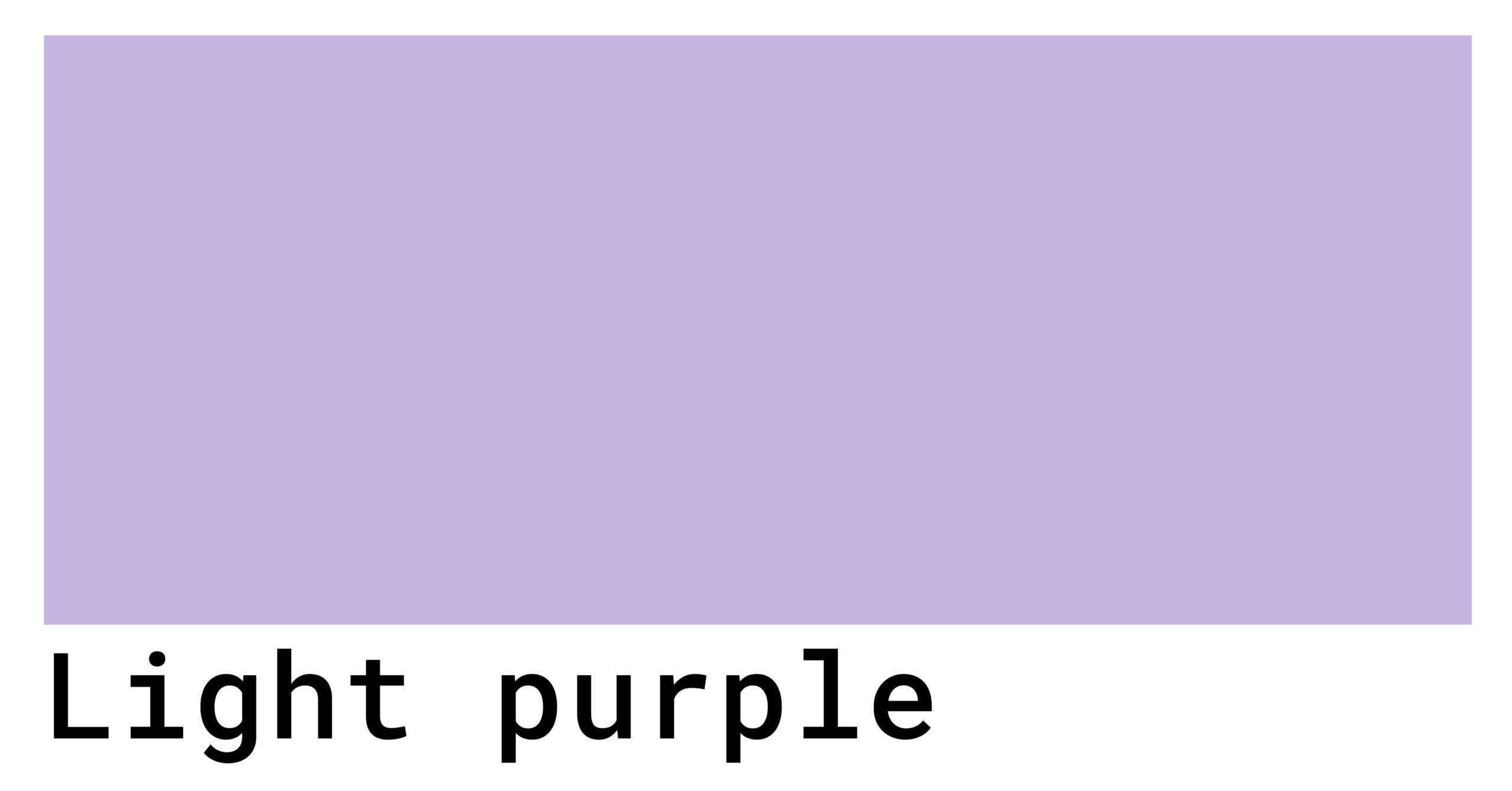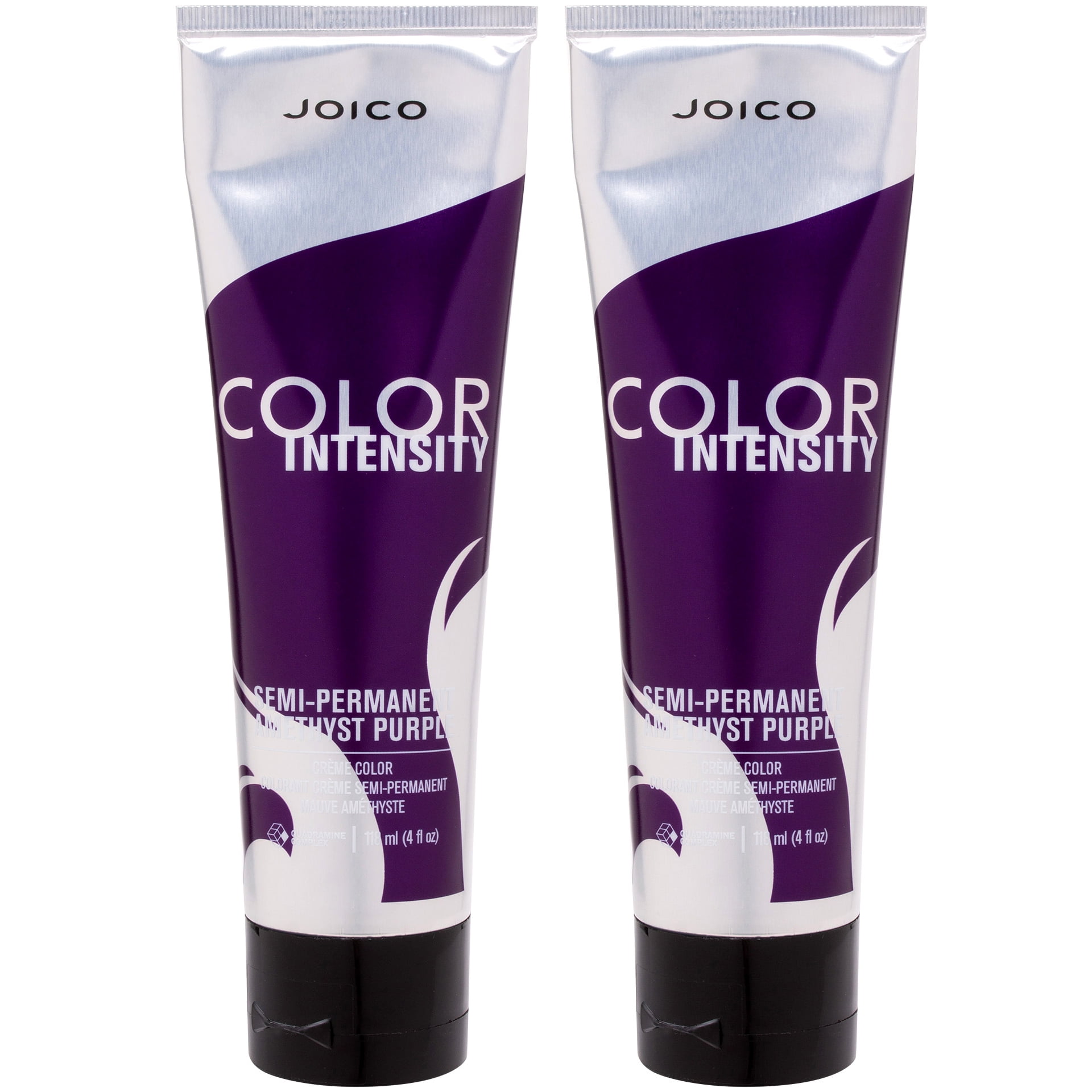

#Amethyst color free
A free electron has moved into the gap and been trapped there, creating a color center we see as purple.

The gap left behind is surrounded by positively charged calcium ions, and strongly attracts electrons. In Figure B, a fluoride ion has been displaced. In classical transparent fluorite (Figure A), the crystal lattice has a regular distribution of fluorine and calcium ions. Fluorite occurs in a wide variety of colors, and is also fluorescent. In its pure form, fluorite is transparent, but the hallmark purple of fluorite is caused by a flaw in the crystal known as a color center. The electrical attraction between the positive and negative charges creates strong bonds in the crystal. Every positive calcium ion is surrounded by negative fluorine ions, and vice versa. Purple fluorite: "electron" color centerįluorite is built with alternating calcium ions (Ca 2+) and fluorine ions (F -). In both cases, the color center is able to absorb only specific energies corresponding to specific incident light wavelengths, and the color we see is the complementary color to that, or those, absorbed. Color centers fall into two categories: electron color centers and hole color centers. These defects are generally introduced by extreme heat exciting and freeing electrons, or by bombardment with natural or man-made radiation. What is a color center?Ī color center is a defect in a crystal structure. Other color centers are unstable and fade when exposed to light, while others fade even in the dark. Some of these colors, such as those mentioned, are perfectly stable, losing their color only when heated. Many other materials, both natural and man-made, can be irradiated to produce color centers, including irradiated blue, yellow, and green diamonds. "Desert amethyst glass" acquires its color from a color center, as do the colors of the natural gemstones amethyst, smoky quartz, and blue and orange topaz. Next, expose the bottle to an intense source of energetic radiation, and within a few minutes an even deeper purple color appears.Ĭolor centers: A century-old glass bottle has been irradiated to form "desert amethyst glass" (top left) colorless synthetic quartz crystal as grown (top center) one that has been irradiated to form smoky quartz (top right) a synthetic citrine quartz, colored yellow by iron impurities (bottom left) and one that has been additionally irradiated to form amethyst (bottom right). Heat the bottle in an oven, and the color disappears. Come back after ten years, and the glass will have acquired an attractive purple color. Take a century-old glass bottle, and expose it in the desert to the ultraviolet radiation present in strong sunlight. Naturally colored gems are more highly valued than those that have been treated. Within the jewelry industry, this effect has been exploited to produce intense gem colors, though it is now general practice to disclose any treatment affecting gemstone color. This may occur naturally for example, some crystals change color following prolonged exposure to the UV rays present in sunlight. Defects may be introduced by heating or by irradiation. Many natural gemstones have colors caused by ligand field effects (see emeralds) or charge transfer (see sapphires) within the crystal structure.ĭefects known as color centers within the crystal structure may alter its natural color. While they hold a prominent place in metaphysics, some varieties of quartz - like smoky quartz and amethyst - actually derive their beautiful colors from defects in their crystalline structures. Quartz may be the second most common mineral on our planet’s crust, but everyone from the ancient Egyptians and Australian Aborigines to modern-day New Age practitioners believe that this crystal holds mystical or healing properties.


 0 kommentar(er)
0 kommentar(er)
